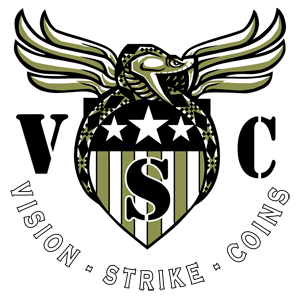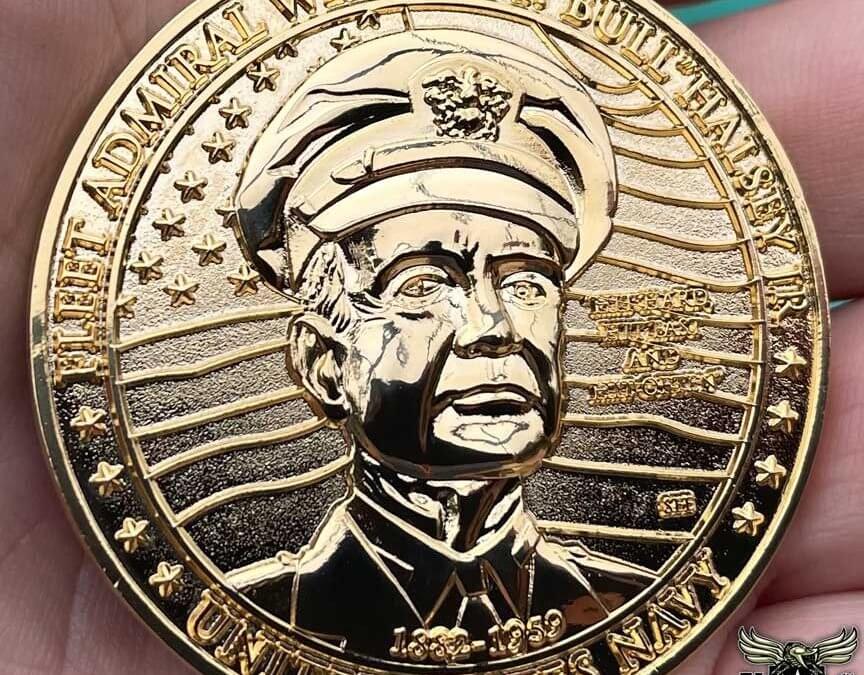Fleet Admiral William “Bull” Halsey Jr. was a United States Navy officer during World War II. He is best known for his command of the U.S. Third Fleet, and for his leadership in several significant battles in the Pacific Theater, including the Battle of Leyte Gulf and the Battle of Okinawa.
Halsey graduated from the United States Naval Academy in 1904 and served on a variety of ships and in various roles throughout his career. During World War II, he was promoted to the rank of Admiral and assumed command of the South Pacific Area and later the Third Fleet. He was known for his aggressive and unorthodox tactics, and his leadership played a critical role in several key U.S. victories in the Pacific Theater.
After the war, Halsey served as the commander of the U.S. Third Fleet, and later as the commander of U.S. Naval Forces, Pacific, before retiring in 1947. He was awarded several military decorations for his service, including the Navy Cross and the Presidential Unit Citation. He was also honored with the title of Fleet Admiral, which is the highest rank in the United States Navy.
Halsey was also known for his larger-than-life personality, and he was popular among his sailors and the public. He passed away in 1959.
The Bull
The nickname of Fleet Admiral William “Bull” Halsey Jr. was “Bull.” The origins of this nickname are not entirely clear, but it is believed to have been a reference to his last name, which is similar to the word “hale,” meaning healthy and robust. It could also have been a reference to his aggressive and dynamic leadership style, as a bull is often seen as a symbol of strength and power. He was also known to be a bit of a “wild card” in his command style, which could have also played a role in the nickname.
Fleet Admiral William “Bull” Halsey Jr. was a United States Navy officer during World War II. He was born on October 30, 1882 in Elizabeth, New Jersey, and graduated from the United States Naval Academy in 1904.
Throughout his career, Halsey served on a variety of ships, including the USS Kansas, the USS Bennington, and the USS Shaw. He also held several shore assignments, including serving as the naval attaché in Chile. In the 1920s and 1930s, he served as the commander of several destroyers and cruiser divisions.
During World War II, Halsey was promoted to the rank of Admiral and assumed command of the South Pacific Area in 1942. Under his leadership, the U.S. Navy successfully defeated Japanese forces in several key battles in the Pacific, including the Battle of Guadalcanal and the Battle of the Philippine Sea. In 1944, he was given command of the Third Fleet, and he led it in several more major engagements, including the Battle of Leyte Gulf and the Battle of Okinawa.
Halsey’s leadership and aggressive tactics played a critical role in several key U.S. victories in the Pacific Theater, and he earned a reputation as one of the most effective naval commanders of the war. After the war, Halsey served as the commander of the U.S. Third Fleet, and later as the commander of U.S. Naval Forces, Pacific, before retiring in 1947.
Halsey was awarded several military decorations for his service, including the Navy Cross and the Presidential Unit Citation. He was also honored with the title of Fleet Admiral, which is the highest rank in the United States Navy. He passed away on August 16, 1959.

